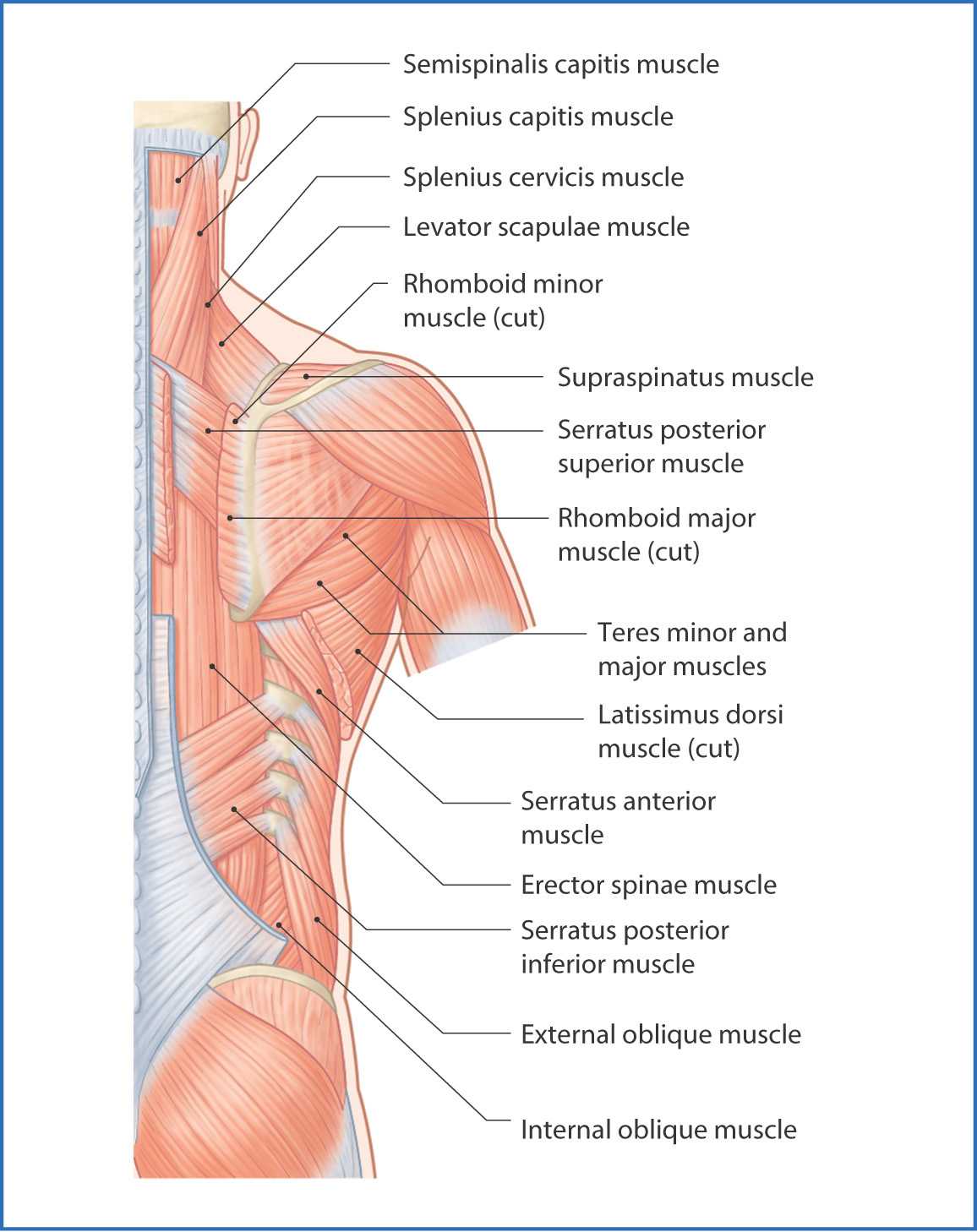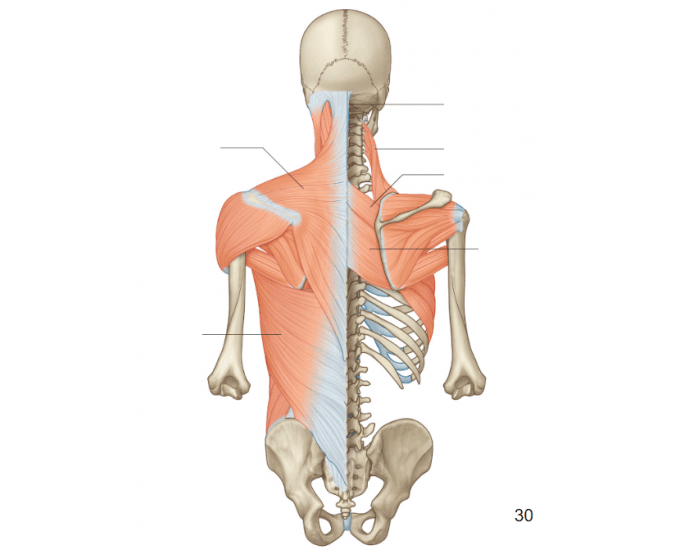Basicmedical Key Biology Diagrams Learn about the anatomy and function of the superficial, intermediate and intrinsic back muscles. See diagrams, videos and quizzes to test your knowledge.

The muscles of the back categorize into three groups. The intrinsic or deep muscles are those muscles that fuse with the vertebral column. The second group is the superficial muscles, which help with shoulder and neck movements. The final group is the intermediate muscles, which help with the movement of the thoracic cage. Only the intrinsic muscles are considered true back muscles.

Anatomy of the back: Spine and back muscles Biology Diagrams
Learn about the different layers and groups of back muscles, how they support your posture, movement and breathing, and what conditions can affect them. Find out how to prevent and treat common back muscle injuries and pain.

Learn about the three major groups of back muscles: superficial, intermediate and deep, and their roles in movement, posture and respiration. Find out how to diagnose and treat back pain, and how core strength training can help.
:background_color(FFFFFF):format(jpeg)/images/library/14074/Back_muscles.png)
Back Muscles Anatomy • Muscles that act on the Back Biology Diagrams
Learn about the three layers of back muscles: superficial, intermediate, and deep. Find out how they support your spine, move your shoulders and ribs, and what conditions can affect them.

Learn about the extrinsic and intrinsic muscles of the back, their attachments, innervations and functions. See diagrams, videos and quizzes to test your knowledge. Learn the anatomy and function of back muscles with a labeled diagram. See the structure, attachment, innervation, and types of superficial and deep back muscles.
:max_bytes(150000):strip_icc()/GettyImages-56372373-1bb8a07f23d84f439c3e80ecf3c472d2.jpg)